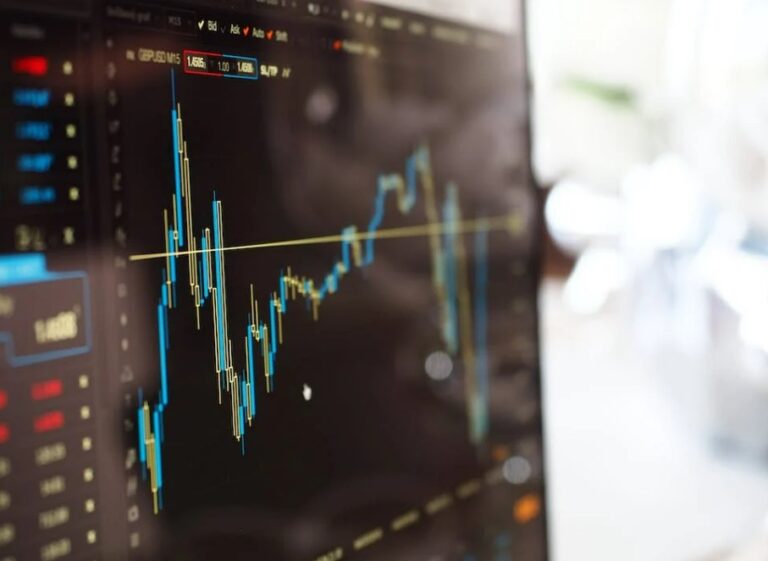The terms stagflation, inflation, and deflation seem to be very similar, but profoundly different refer to different legal events in the economy. Above all, stagflation, which is less well known and perhaps a little more complex, represents a rather peculiar, almost unusual phenomenon.
The term originated during the 1970s and indicates the simultaneous presence of stagnation and inflation. The coexistence of these two phenomena before the 1970s was still complex and difficult for economists to explain. A phenomenon that, over the years, has been repeated more than once.
We will now go on to explain what stagflation is and when it occurs, what the economic consequences are and when it last occurred. Finally, we will briefly explain the meaning of inflation and deflation, thus analysing what are the differences between the three phenomena.
Table of Contents
What is stagflation and when does it occur
The term stagflation refers to a condition in which economic growth is very slow and, at the same time, unemployment is high and inflation rises. It occurs, therefore, with the co-existence of stagnation and inflation.
Until a certain period of time, the coexistence of such different phenomena was not well understood. And economists thought that price growth was a necessary evil to support the development of the economy.
Doubt was dispelled during the 1970s. Namely after the first oil shock in 1973-1974, when this situation occurred in most economically developed countries.
Taking a brief – and extremely brief – review of contemporary history, let us recall that in the early 1970s, Opec’s decision to increase oil prices and the rising production costs of user processes caused a fall in demand. Which consequently led to negative repercussions on economic growth. Like a domino effect, the prices of other commodities also rose, causing widespread inflation.
Stagflation occurs when there is particularly high unemployment, prices rise and, at the same time, spending falls. After the 1970s and the oil shock, the phenomenon has repeated itself several more times and also recently.
At the beginning of 2022, the economic recovery of the countries after the end of the pandemic was again halted by the outbreak of war in Ukraine. The outbreak of the conflict abruptly accelerated price increases and compromised the economic recovery. It is precisely the mix of inflation and stagnation and also the rising unemployment rate that makes this phenomenon so feared.
What causes stagflation
Although it is a phenomenon that has been repeated time and again, there is still no single school of thought that traces the causes that lead to the phenomenon. There are two official theories leading to the cause of the combination of stagnation and inflation.
On the one hand, it is thought that the phenomenon derives by a sudden and abrupt increase in the price of oil. Which decisively reduces the productive capacity of a country’s economy. The sudden cost of oil also leads to an increase in transport, production, and goods, even as mass lay-offs (unemployment) occur.
On the other hand, the ‘unusual’ combination of stagnation and inflation is likely the mere result of monetary policies.
Stagflation, inflation and deflation: what are all the differences?
Having understood the meaning of stagflation, we need to explain what the differences are with the other two economic phenomena. Namely, inflation and deflation.
In the first case, economists refer to the continuous and generalised increase in prices and services within an economic system. If prices rise, the purchasing power of citizens decreases. It is a phenomenon that affects several aspects. Namely, purchasing power, the performance of the economy and the orientation of monetary policies.
In contrast to inflation, deflation indicates a generalised fall in the price level. For this very reason it can be considered the opposite of inflation. It should not be thought of as a positive phenomenon, as a fall in prices most often results from a recessionary situation, where demand for goods and services contracts. This means that the expenditure of companies and citizens is less.
Such a phenomenon leads companies to try to sell (sell off) their products at much lower prices. Thus hoping to stimulate the consumer.
We have already explained what stagflation is and when it occurs, i.e. when inflation, economic stagnation and unemployment occur simultaneously. Declining employment is a factor in the economic slowdown.
Read also: Exploring inflation: what is it and how does it affect your wallet












